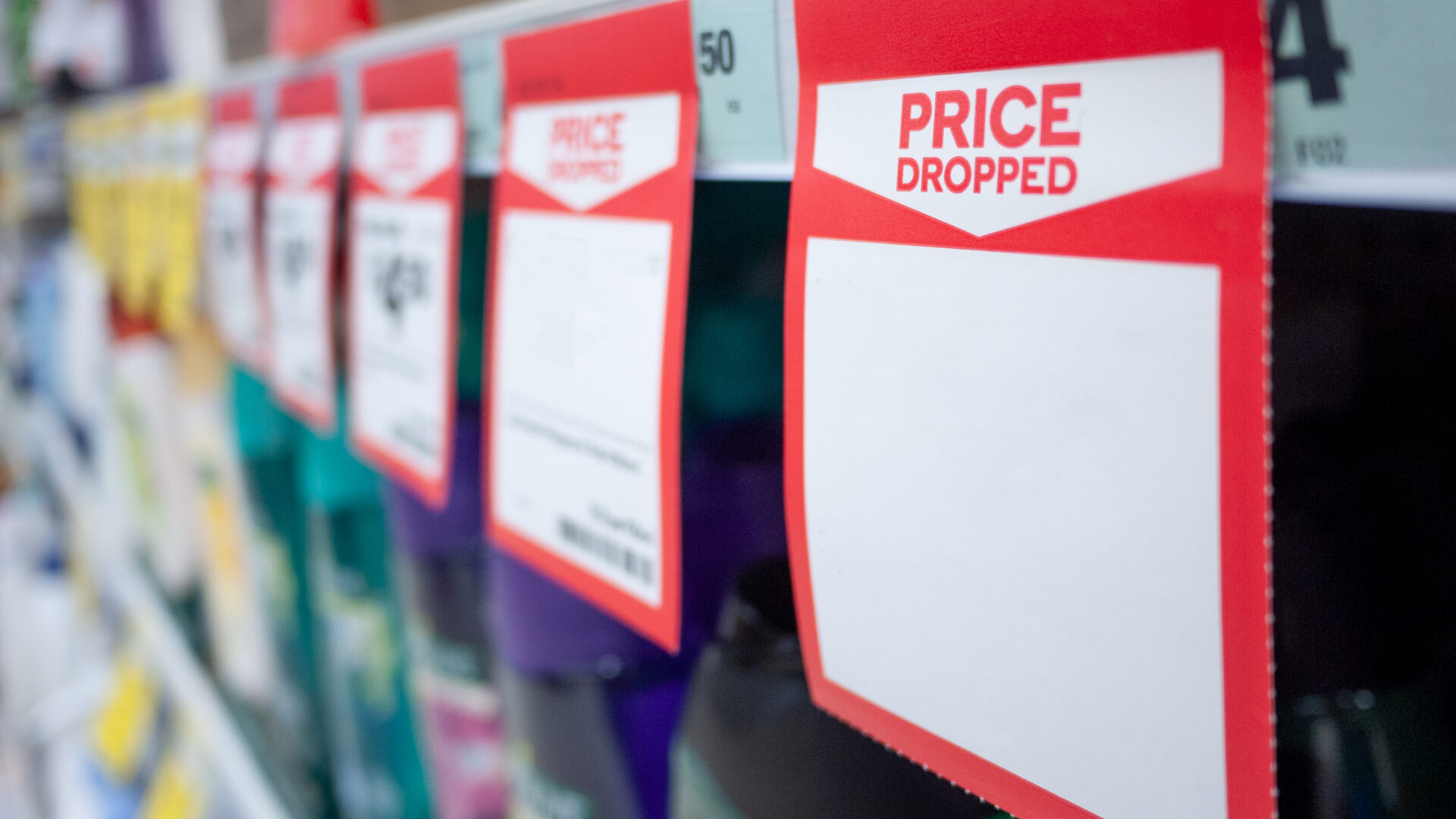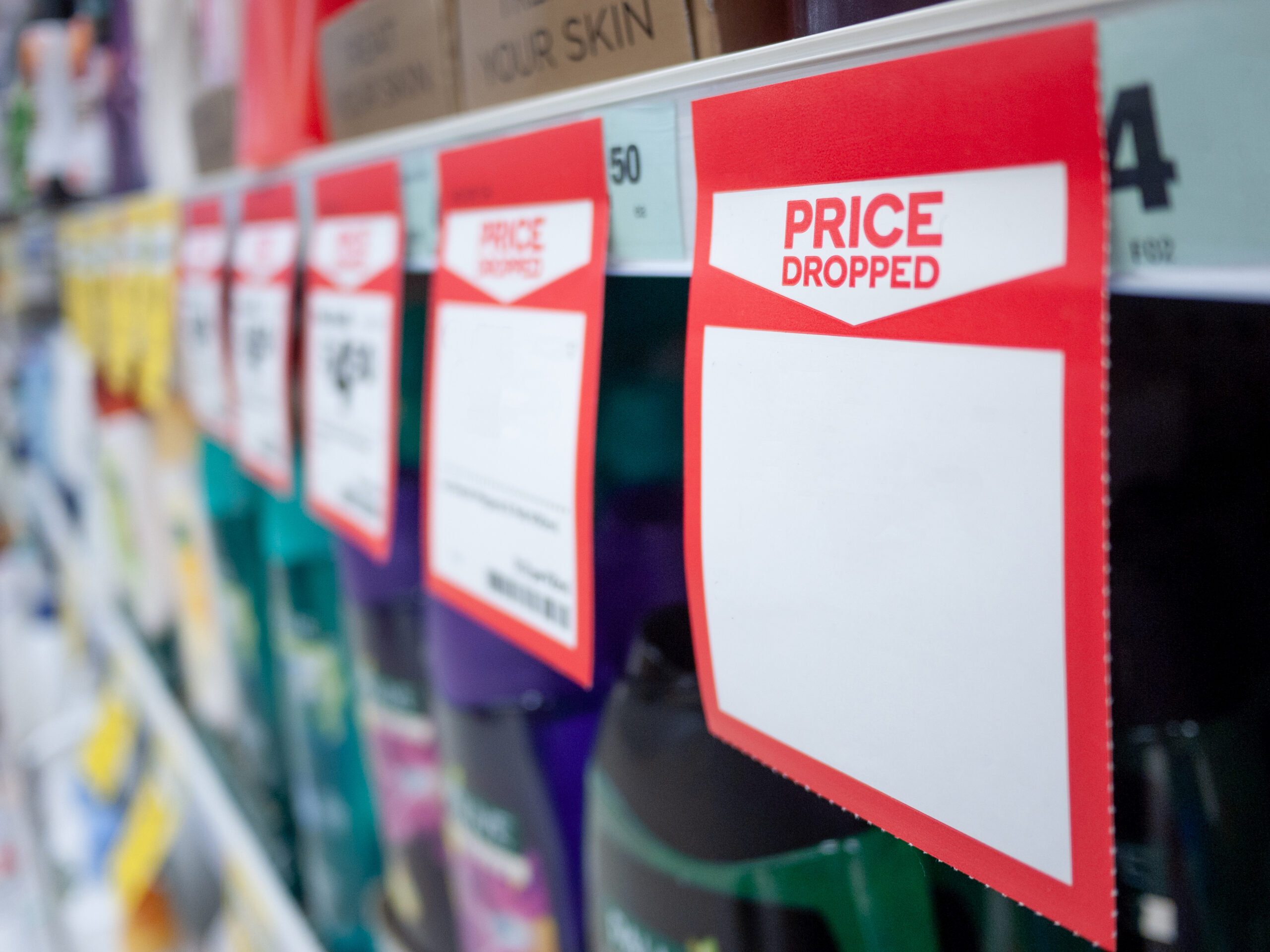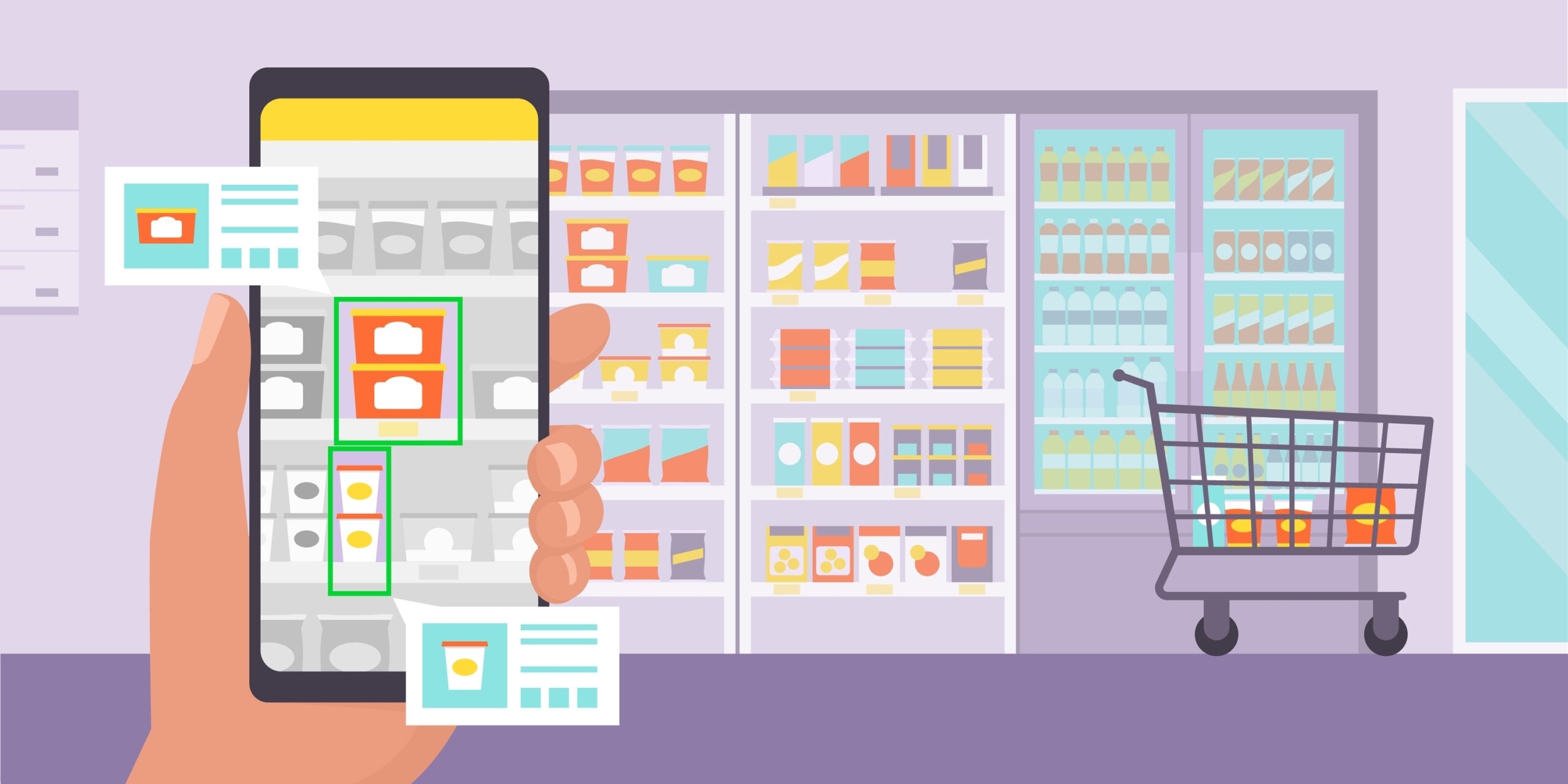Brands and retailers are regularly exploring new ways to gain a competitive advantage. The rapid rise of e-commerce and online shopping platforms has made an already competitive landscape even fiercer, not to mention the constant influx of new competitors, substitute products, and competitive pricing. Therefore, the power of category management–specifically, product category analysis–should not be ignored.
In this article, we’ll delve into how product category analysis impacts pricing and promotions in retail. This is a big part of the merchandising process in retail stores, so read on to learn more.
Understanding product category analysis
When you walk into a store or browse online for something specific, what makes you choose one product over another? Shoppers have their tastes shaped by many factors, like needs or consumer beliefs about brands or products’ features. Brands need to understand these differences if they want to do well in today’s commercial climate.
That’s where product category analysis comes into play. It helps brand managers with consumer segmentation according to specific attributes like demographics or buying patterns. They can then curate customized strategies accordingly.
In short, product category analysis is a systematic approach used by retail professionals. It consists of collecting relevant data from multiple sources focusing on a single aligned dataset. This data analysis is tailored to help them understand specific categories better.
Purpose
With comprehensive datasets at hand, brands are well-positioned to make more informed decisions about their products in terms of:
- Product features
- Configuration
- Enhancement
- Benefits propositioning
- Pricing opportunities
Additionally, they can analyze sales trends within certain regions by considering influencing factors, such as competitor behavior or overarching consumer preferences.
The ultimate goal of product category analysis is to better understand shopper behavior. What drives purchase decisions? What are customers’ values concerning particular products? It uncovers valuable insights to enhance the overall performance of a category by revealing category growth drivers, performance gaps, and category trends.
Once brands answer these questions, they can use the insights to manage their product range effectively. In the end, product category analysis leads to better sales.
Optimizing pricing strategies through product category analysis
Retailers must find just the right price if they want everyone – shoppers and business owners alike – to be happy with their decisions. Product category analysis can help determine the best pricing strategy, which keeps everyone satisfied.
Without it, you could see negative effects on total sales volume, profitability margins as well as brand awareness. Let’s uncover how category analysis can aid in achieving perfect pricing.
Identify price elasticity
Ever wondered how much your customers would be willing to pay for your product? If you set the price too high, you’ll drive shoppers away; but if you set it too low, you won’t make enough profit. That’s where price elasticity comes in.
Looking at historical sales data, such as consumer sentiment, can help identify patterns. It tells you how consumers react to price changes. This invaluable information lends itself to a pricing strategy that strikes the right balance between consumer satisfaction and profitability targets.
Retailers need to understand data from past pricing decisions within specific categories. They should assess segment data sources by individual product-level metrics over time (e.g., SKU-level POS data). Then, they can pinpoint optimal prices with confidence.
Competitive benchmarking
Product category analysis also allows brands to assess competitor pricing and compare marketing strategies on par with their own. Businesses can zero down on prime opportunities through competitor analysis across various categories or subcategories (e.g., value-driven vs. premium segments).
For instance, let’s say a certain product line is witnessing intense competition. Multiple brands are vying for market share with lucrative discounting strategies. By understanding the price levels of their rivals and comparing them to the MSRP, businesses can gauge where they stand. They can then adjust their pricing approach accordingly.
Understanding consumer behavior and demand elasticity
Looking beyond just the numbers is vital in optimizing pricing strategies. Consider using additional datasets, like social media conversations, online reviews, or in-store shopper feedback. These give retailers a holistic view of customer perception around specific products/categories.
Once again, product category analysis proves to be an invaluable tool in this field. It helps identify factors that impact consumer interactions with the products they buy. Once companies uncover who the price-sensitive segments are within their target market, they can tailor pricing strategies accordingly. The benefits reaped then range from improved customer loyalty to boosted market share and higher profitability margins.
Enhancing promotions with product category analysis
It’s not only about offering the best products, it’s also important to create enticing promotions that catch consumers’ attention. High-quality market research, which includes analyzing emerging trends, brand equity, and the landscape, can provide invaluable insights into what sells and why.
So how can you elevate your promotions using product category analysis?
Leveraging product category analysis for promotions
A thorough understanding of your similar products in the market is key when crafting marketing efforts. Study consumer preferences, buy patterns, or competitive promotions that have proved successful in the past. Doing so enables you to design effective campaigns. Aligning promotional strategies with shopper behavior could be a key differentiator between success and failure.
Identify optimal promotional tactics
A retailer’s foremost goal is to attract consumers. They do so by effectively blending incentives like discounts or special offers along with highly-reviewed products. The goal is to demonstrate a customer-centric focus. Timely analysis of competitors’ deals will enable companies to create tactics that resonate better with people’s desires. It presents them as a more exciting option.
Seasonal trends and demand fluctuations
Are some sales periods hotter than others? Seasonal changes undoubtedly control demand for specific items like beachwear in summer or cozy sweaters during winter months. To maximize campaign impact, retailers must use historical data when planning promotions. This helps them figure out when their target audience will be most receptive to special offers.
Leveraging VR technology for product category analysis
It’s no secret that customers enjoy a great shopping experience. Strolling through the aisles of a store and discovering products that catch our eye is an enjoyable pastime for many. As a retailer, you must use this to your advantage. Enter VR: a game-changer for retail.
By simulating physical stores within virtual space, InContext’s VR solution allows retailers to evaluate merchandising strategies and create shopper-friendly environments. All without spending a dime on building physical prototypes. VR simulations help with store layout optimization, subcategories analysis, and product development.
Immersive shopping experiences
VR allows research respondents to step into a store’s digital twin that replicates the physical space with great accuracy. It allows you to test different merchandising strategies within the comforts of your computer screen.
As this tech evolution continues, virtual stores powered by VR technology are making waves in retail. They offer a realistic simulation of the customer journey for marketing teams to analyze. Through these simulations, store planners can see how design elements impact foot traffic patterns or purchasing decisions in real-time.
Store layout optimization
Store planners can experiment with different layouts, shelf placements, and product displays virtually. The immersive simulations give stakeholders data-driven insights required for designing powerful customer experiences.
Benefits of using VR technology for product category analysis
So far, VR seems fascinating–but what does it offer in terms of concrete advantages over conventional methods? Let’s delve deeper into some key benefits of incorporating VR technology in retail:
- Cost and time savings: Gone are the days when companies had no choice but to invest heavily in physical prototypes for testing a new product or promotion. With advanced VR tools at their disposal, retailers today can save on both expenses and time. They accelerate decision-making whilst avoiding unnecessary costs related to mock-ups or test spaces.
- Iterative testing: The power lies in its capability for iterative testing. Retailers rarely hit the nail on the head with their first promotional strategy attempt. However, refining these strategies can be time-consuming and expensive. Retailers now have the liberty to experiment with distinct pricing or promotional strategies within a virtual setting before implementation on a larger scale. Testing those plans allows an approach based on real-world feedback, ensuring the desired impact is achieved when applied across the board.
- Immersive simulations: Why rely on abstract sketches or diagrams when you can immerse yourself in detailed, three-dimensional virtual environments? VR technology enables retailers to visualize and analyze different merchandising scenarios. It creates a profound understanding of the factors that drive shopper behavior. In return, this facilitates more informed decision-making to maximize store potential.
- Real-time data: We live in a fast-paced digital world where access to relevant information at the right time can make or break retail success. VR offers instant access. It gives retailers sales data, consumer insights, and market trends, which empowers them to identify areas needing improvement and respond swiftly. This continuous loop of analysis ultimately leads businesses toward long-term growth.
Implementing insights from product category analysis
Conducting a thorough product category analysis can illuminate valuable insights that lead to increased market share and heightened customer satisfaction. To maximize sales, you need to analyze various metrics such as foot traffic patterns, product adjacencies, and shopping behavior. These are all part of the larger picture in product category analysis.
Collaboration with store planners and merchandisers
Any successful pricing and promotional strategy starts by fostering effective communication between store planners, merchandisers, and other key stakeholders in the retail environment. The data collected during product category analysis must inform merchandisers’ decisions when it comes to features like pricing schemes, promotional offers, or bundling opportunities.
For example, your research reveals that customers tend to purchase more organic products on weekends than on weekdays. Then working alongside store planners should facilitate creating tailored promotions for those products, specifically during weekends taking advantage of the higher demand trend.
Cross-functional collaboration ensures each team member understands how their role contributes to shaping an enhanced customer experience. By easily sharing information across departments using VR technology like InContext 3D simulation software, retailers can align their collective efforts toward implementing proven analytics-driven tactics more efficiently.
Communication and training
One element cannot be overlooked as retailers aim to optimize their operations based on insights gained from product category analysis. That is proper communication and training among staff members who will be executing any new initiatives. After all, even the most well-crafted strategy won’t yield desired results if it’s executed poorly.
Pricing and promotional plans are devised based on analysis-driven insights. As such, everyone involved – from store managers to floor personnel, should be informed. They must understand the rationale behind any changes. This not only minimizes confusion but also helps to foster a sense of ownership and commitment among team members. Utilizing virtual training programs can be a fantastic way to ensure all employees are up-to-speed.
Measuring and evaluating the impact of analysis-driven decisions
Tracking performance using key performance indicators is another crucial piece of the puzzle. These metrics might include sales growth, market share, customer satisfaction levels, and average transaction value. Tracking KPIs helps identify areas for improvement. Conversely, you’ll also find areas where specific strategies have been successful.
Say your goal was to increase sales of healthier meal options using targeted promotions based on foot traffic data. After its implementation, you could measure customer uptake of those promotions by evaluating increased units sold on-premise. Customer feedback regarding availability or satisfaction levels will also be helpful.
Iterative improvement
In a business setting, there is always room for growth & optimization. The most successful retailers recognize that ongoing product category analysis is essential for identifying trends in customer behavior. Spotting emerging opportunities within each segment can happen at any time.
By continually refining strategies based on this iterative analysis process, businesses can make targeted adjustments that yield better results over time.
When analyzing your selected KPIs, reflect upon red flags or new emerging behaviors. You may want to capitalize upon implementing structural changes. Maybe a new line extension, a brand new promotion, or even bundling opportunities. In the end, learning from your customers is the most valuable way to refine your strategy and grow your market share.
Interested in VR for product category analysis?
Product category analysis plays a critical role in shaping prices and promotions within retail settings. And if you’re looking for an innovative and efficient way to conduct these complex analyses, consider looking into VR technology.
InContext’s ShopperMX, our 3D simulation software, offers an exceptional solution for streamlining decision-making and improving operational efficiencies. It enables teams to quickly test scenarios within realistic virtual environments. Do the same work without disrupting the physical store space. Best of all? The data collected during these VR-driven simulations can be directly applied to making more informed decisions as part of your broader analytics strategy.
With these numerous benefits at stake, explore how VR can enhance your retail operations. Investing in technologies like InContext’s 3D simulation can give you the tools you need. Get in touch with us today and let our team show you how using VR technology for product category analysis unlocks newfound opportunities for growth within any retail environment.





